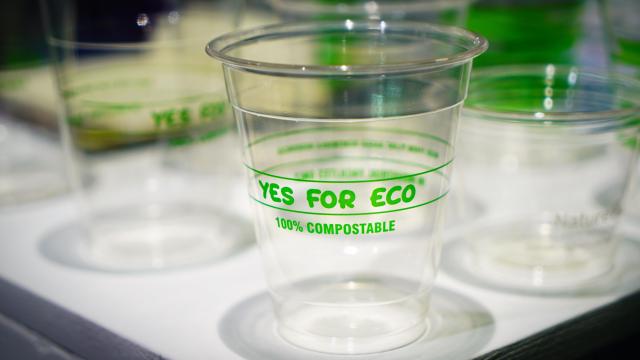The plastic crisis can seem depressingly all-encompassing and impossible to escape: We’re producing more plastic than ever before, doing serious harm to the environment, the climate, and our own health, while our recycling system remains shamefully broken. So it may be comforting to pick up an iced coffee in a cup marked with a green “plant-based” label or be told that the plastic utensils you’re getting with your takeout order are “100% compostable.” A plastic made from plants instead of oil, that can melt away harmlessly in the environment — what’s not to love?
Bioplastics are a small but growing market of plastics that are becoming increasingly popular, thanks to concerns about the environmental and health impacts of traditional plastic. And big plastic producers are catching on: Last year, Coca-Cola rolled out a plastic bottle it is advertising as “100% plant-based.” But behind that eco-friendly marketing are some serious problems.
What Are Bioplastics?

“Unfortunately, the word ‘bioplastics’ does not have a standardised definition,” Eve Fox, the digital director at Beyond Plastics, said in an email. Fox explained that bioplastic can refer to plastics that use non-oil natural products — corn, sugar beets, wheat — to make the plastic, or to plastics that are biodegradable or compostable.
Importantly, while some plant-based plastics can decompose either totally or partially, not all plastics made from plants and non-petroleum sources will break down. The bioplastics label includes types of plastics that can’t be composted or that aren’t biodegradable, and whose only differentiating quality from plastics made of petrochemicals is their initial feedstock.
The term bioplastics “even includes primarily fossil fuel-based plastics that include a small percentage of bio-based plastics,” Fox said. “It’s a vague term.” (Coca-Cola has been selling bottles made of just 30% plant-based plastic that it’s called “Plant Bottles” for almost a decade.)
Can They Be Recycled?
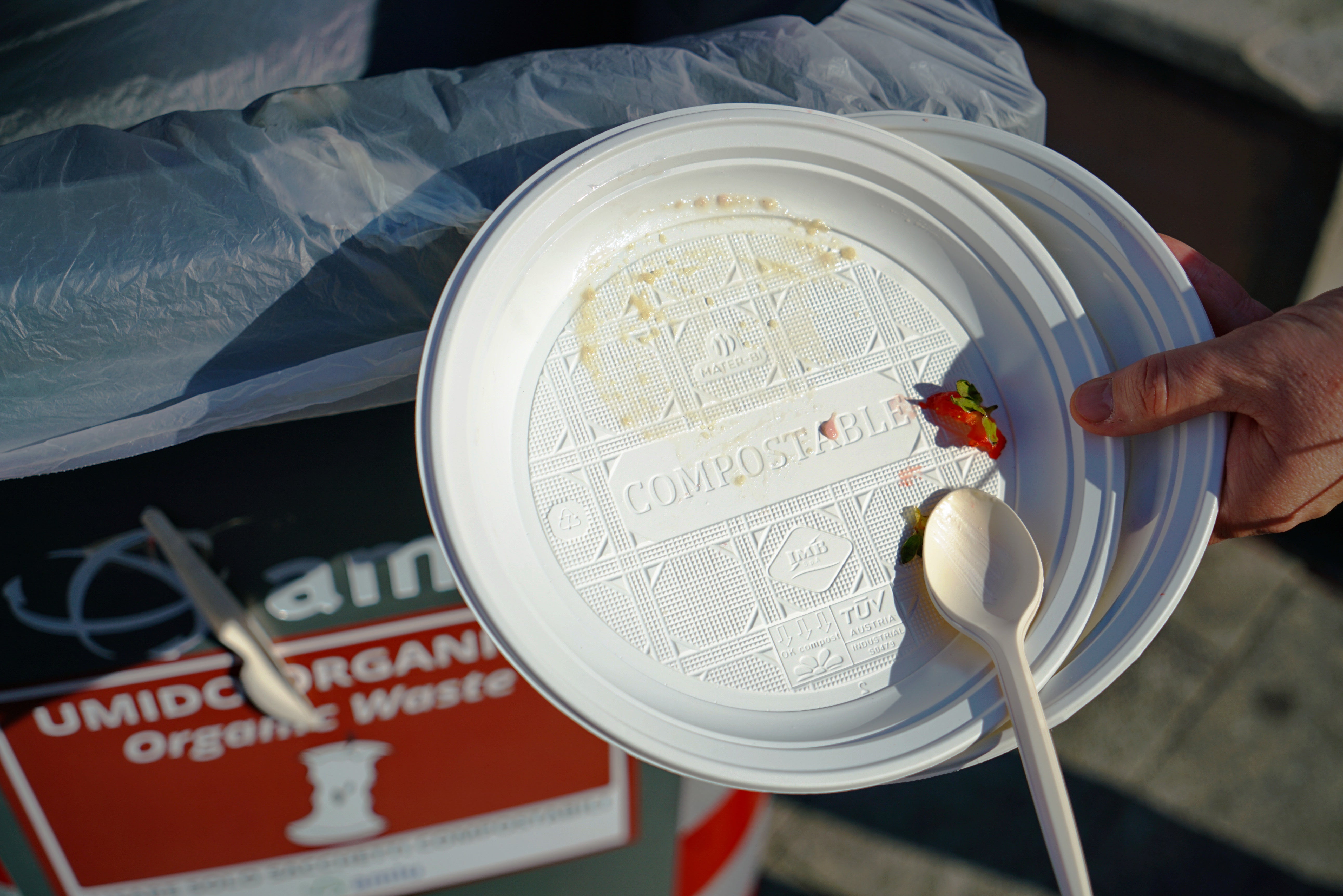
Most bioplastics can’t be put into the same municipal recycling streams as other plastics, since they can contaminate the other plastics and make the whole batch unusable. Many consumer-facing bioplastics, however, can be composted: unlike traditional plastic, a cup made out of some types of bioplastic could be broken down by microbes under the right conditions. In theory, that’s incredibly cool, and may make you feel better about buying something plastic: it won’t last as long in the environment and can be turned into a useful compost. Win-win!
But there are complications. The bioplastic cups I get my iced coffee in from my local coffeeshop, for instance, are from a brand called Greenware, owned by plastics producer Fabri-Kal. (“Show customers you’re doing the right thing with Greenware,” the website says.) Greenware’s website brags that its products are made from “plants, not petroleum,” a move that it says “resonates with consumers.” Reading the fine print, though, it becomes clear that I can’t just toss these cups in any old compost: the products are “not suitable for backyard composting.” Eco Products, another bioplastics seller whose label I recognise from office supply rooms, also advises against composting in a home compost.
Since I don’t have access to commercial composting (only 27% of Americans do), and since I can’t recycle these cups, that basically means I’m shit out of luck when it comes to disposing of these cups responsibly — and they’re going into a landfill.
Are They Better For The Environment?
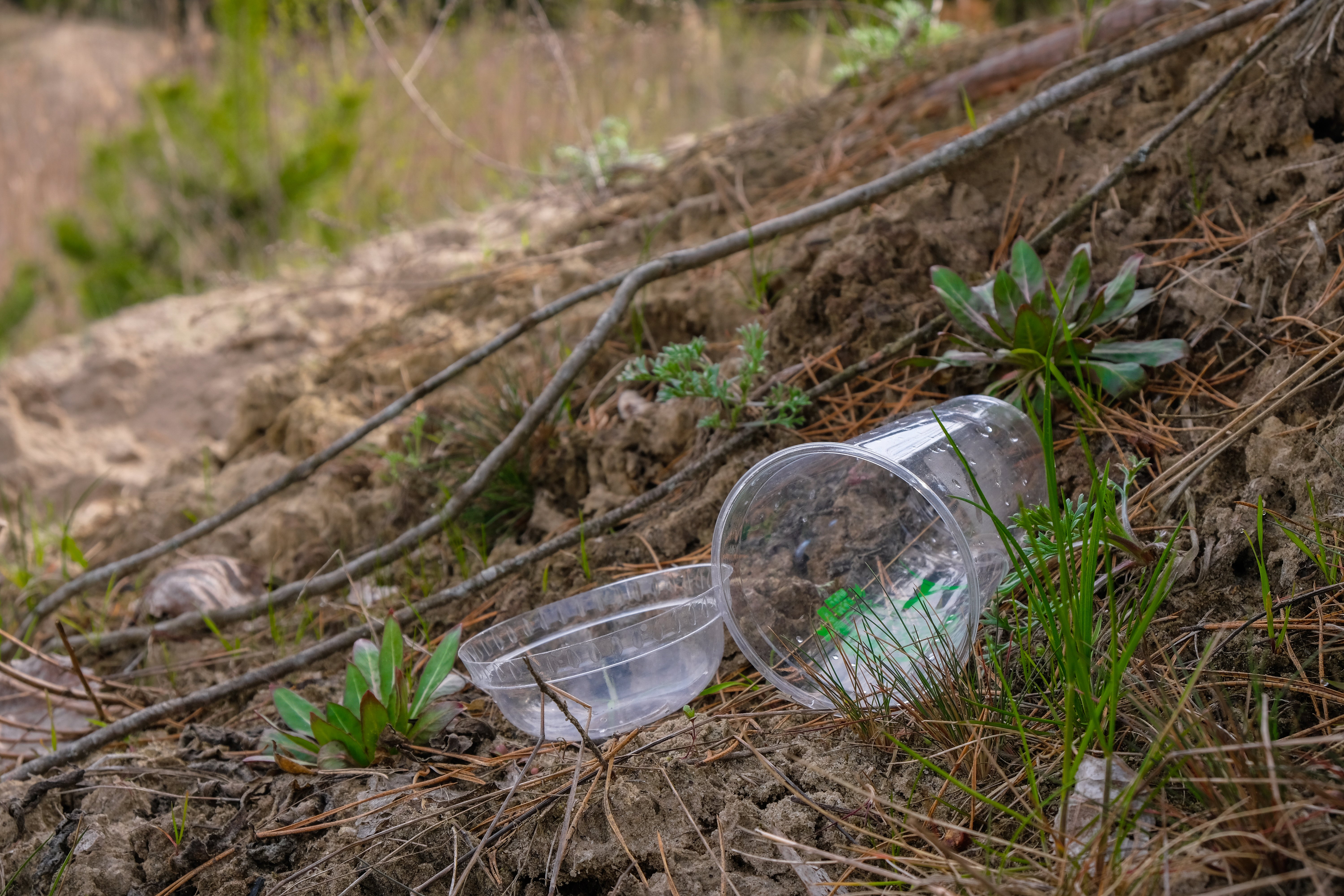
It’s difficult to draw a one-to-one comparison between a bioplastic bottle and one made of non-bio plastic. Traditional plastics, after all, emit greenhouse gases during their production, thanks to the use of oil as feedstock. In terms of strict carbon emissions during production, bioplastics seem to win: a study estimated that switching all U.S. plastics to corn- or grass-based products would cut the industry’s total greenhouse gas emissions by 25%.
But there’s no question that bioplastics raise their own environmental issues. A review of more than three dozen life cycle assessments comparing traditional oil-based plastics and bioplastics published last year found that many studies missed out on key components of bioplastic production, like land and water use implications, that could provide a more accurate and holistic picture of their environmental impact.
Bioplastics Still Have Potentially Harmful Chemicals
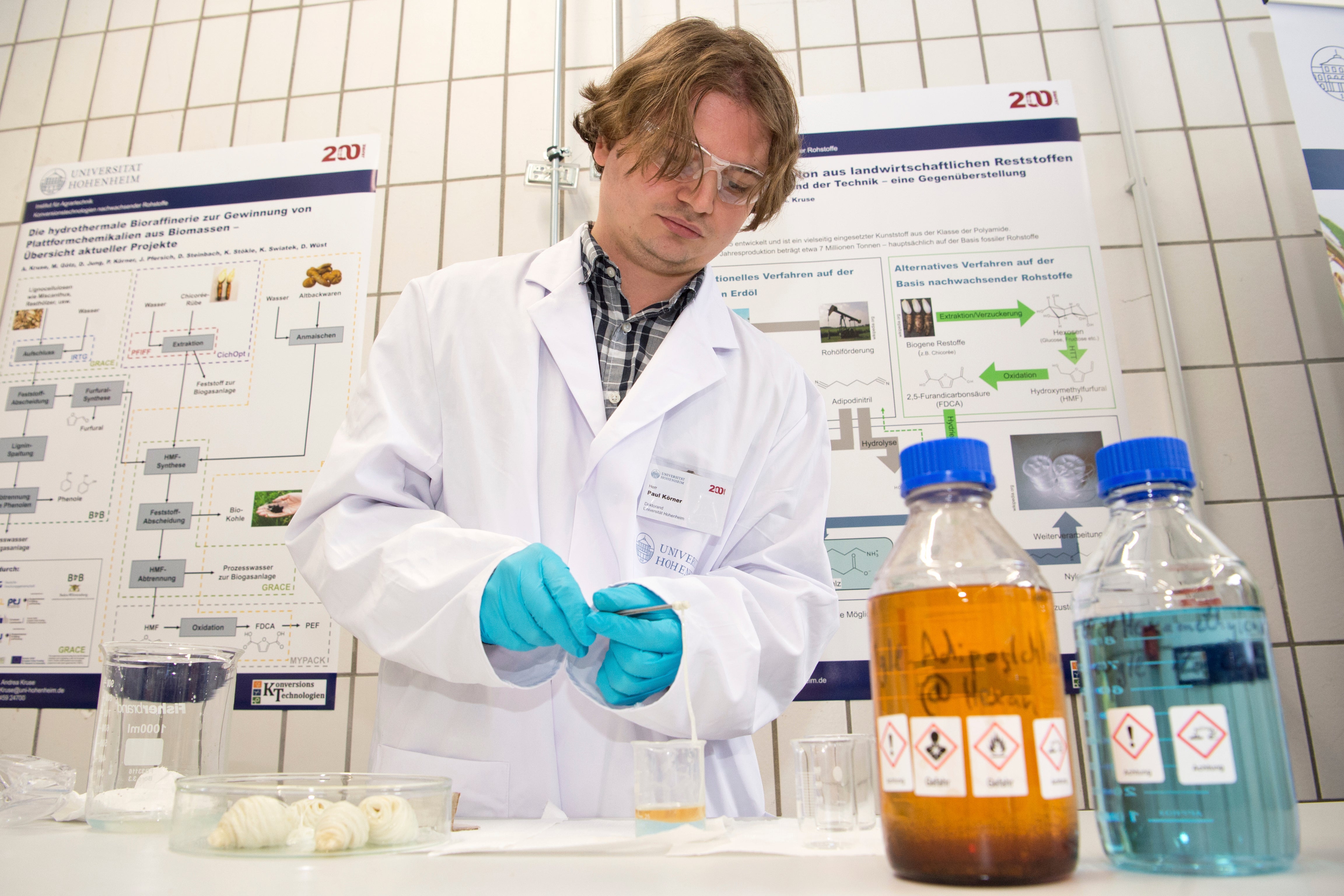
And despite being made from natural materials, bioplastics still contain potentially damaging chemicals added to their formulas to help them be formed into different products — compounds that can enter the environment when the plastic breaks down. Many of these chemicals are the same as the ones used in conventional plastics. A recent study found that chemicals in bioplastics are “similarly toxic” to those in traditional plastics.
Some Composters Don’t Want Bioplastics
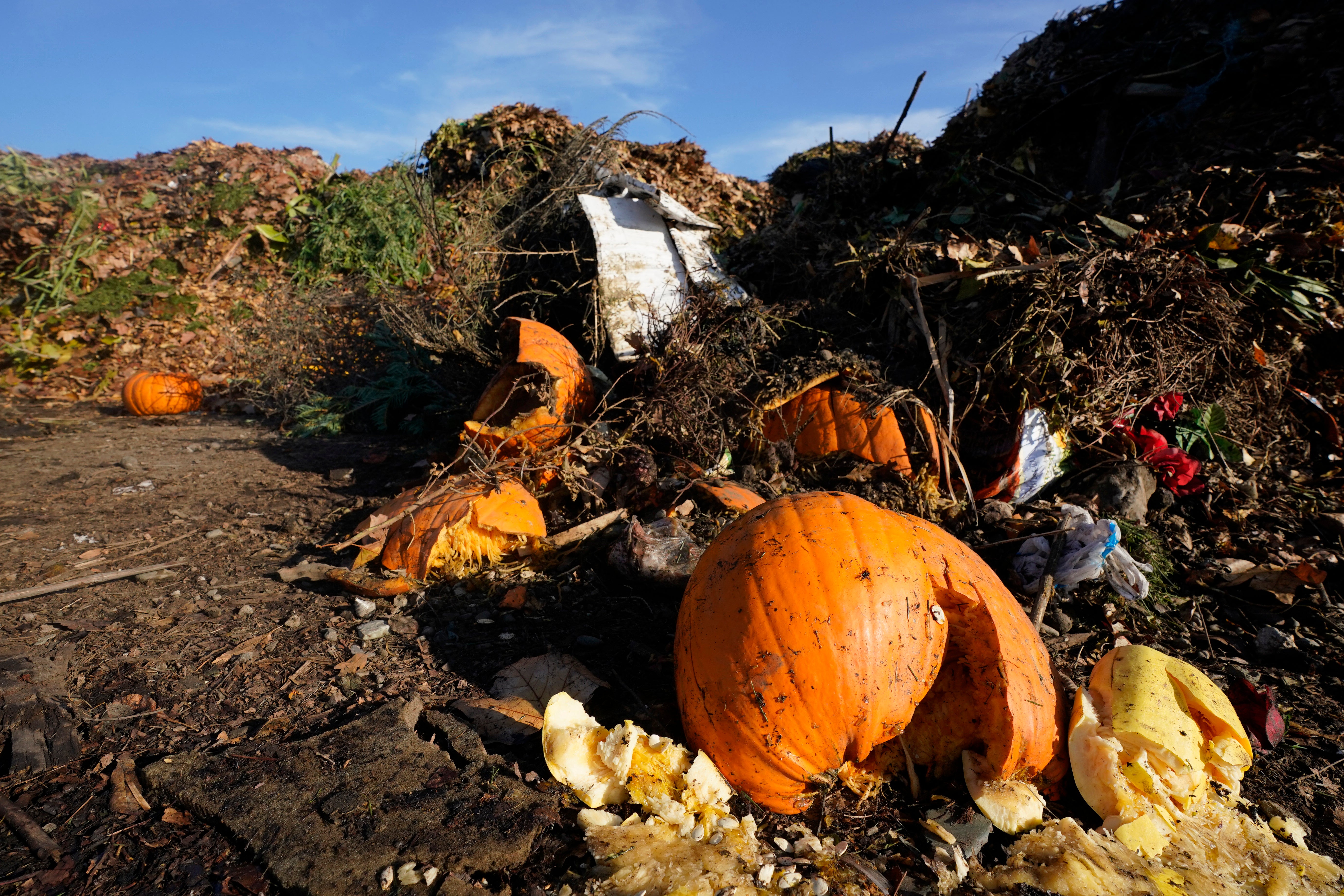
Just because something can be composted doesn’t mean the composters always want it. In 2019, a coalition of Oregon commercial composters announced that they would no longer accept compostable food packaging and silverware. In the announcement, they list a range of reasons: bioplastics don’t always compost; un-compostable plastics can get mixed in with the compostable stuff; compostable plastics make the resulting product harder to sell; and chemicals from bioplastics may be released into the soil.
“Not only do compostable products often cost more to purchase, they also drive up the costs to operate our facilities and impede our ability to sell finished compost,” the composting group said in its announcement. “Compostable packaging is promoted as a means of achieving ‘zero waste’ goals but it burdens composters (and recyclers) with materials that harm our ability to efficiently process recovered materials. Reusable dishware is almost always a better choice for the environment.”
Landfilling Creates New Problems
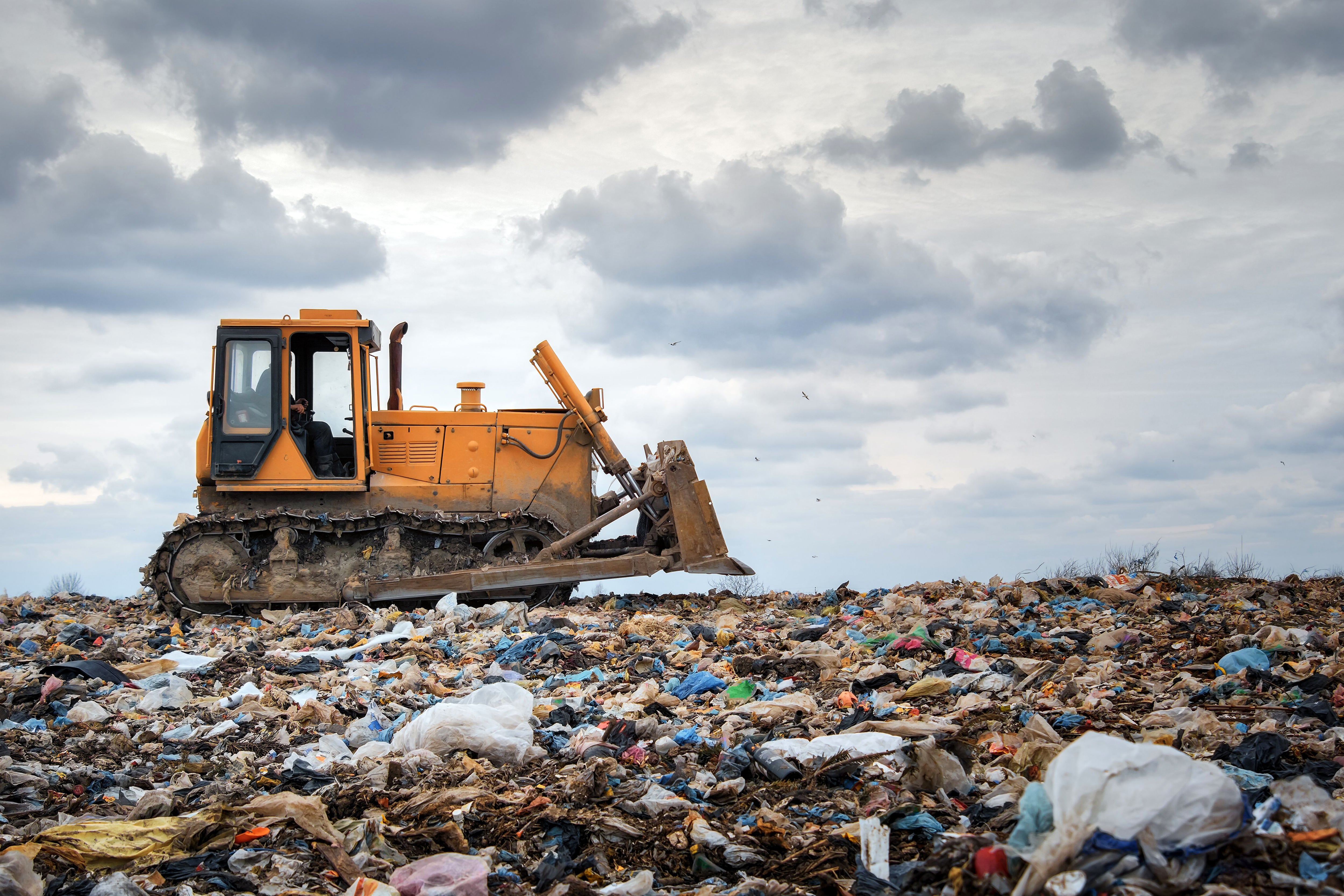
Landfilling bioplastics — the last remaining option for those of us who can’t compost our cups and straws — introduces new issues. Landfill conditions aren’t conducive to the breakdown of many biodegradable or compostable plastics, meaning that they may never decompose. And if they do break down, they help create more greenhouse gases.
“When compostable products end up in a landfill — a common final resting place for them due to the lack of commercial composting facilities in the U.S. — their climate footprint increases because they release methane, a greenhouse gas that is 30 times more potent than carbon dioxide,” Fox said.
Bioplastics Can Still Harm Wildlife
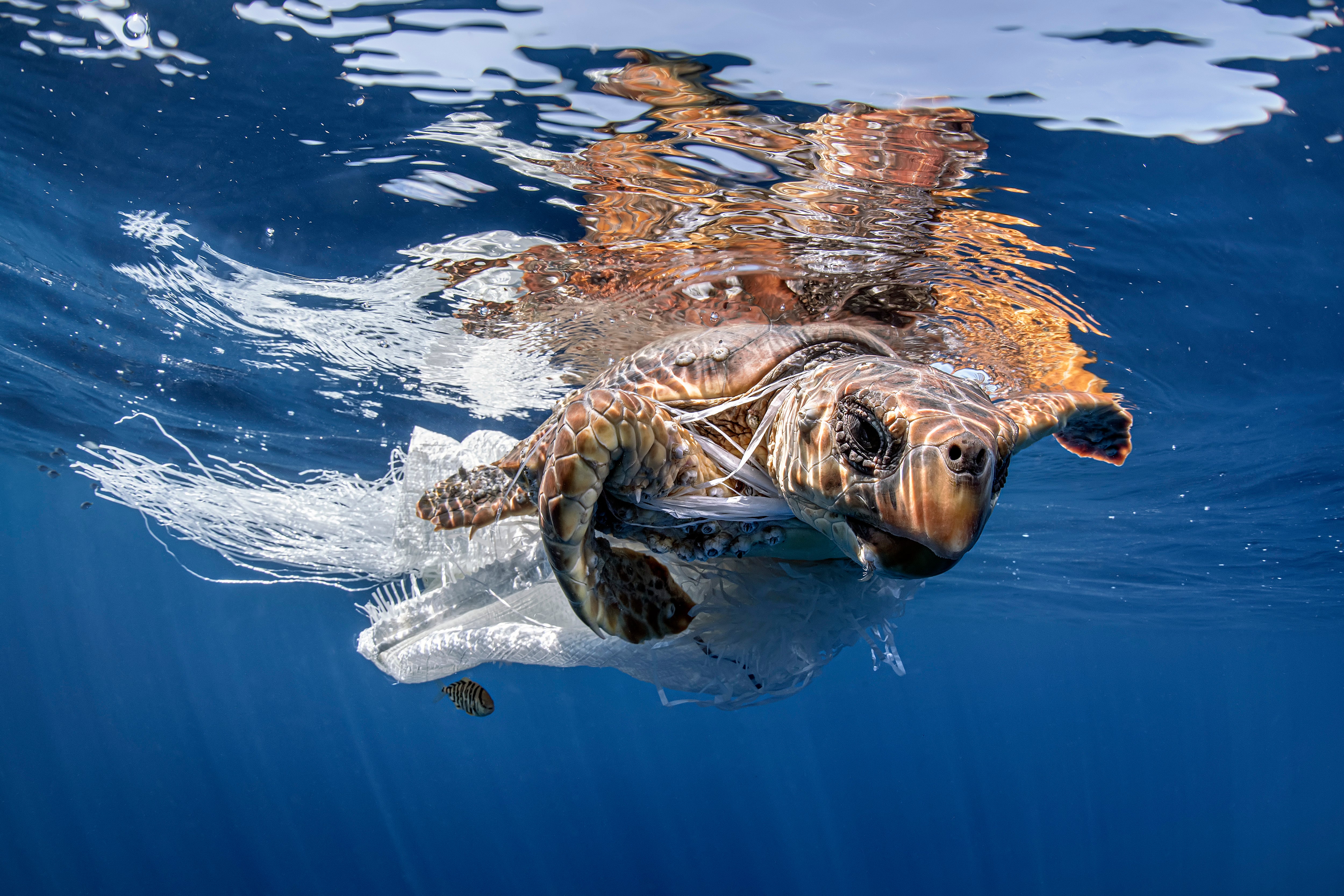
While the term “biodegradable plastic” conjures up an image of a plastic bottle melting harmlessly away into the soil, bioplastic products can still pose a big problem for wildlife if they get into the ocean and waterways, especially if they are not biodegradable.
“A plastic bag whose polymer is made from sugar beets still looks like a jellyfish to a sea turtle and is still just as deadly,” Fox said.
And a common issue with conventional plastics in the environment — microplastics, tiny bits of plastics that have reached basically every place on our planet, including our own bloodstream — may still be a problem with bioplastics. While research is still developing on how bioplastics may contribute to the microplastics problem, some recent studies have indicated that microplastics made from bioplastic materials could have similar effects on human health and ecosystems as conventional microplastics.
Ugh, God, So What Should We Do?
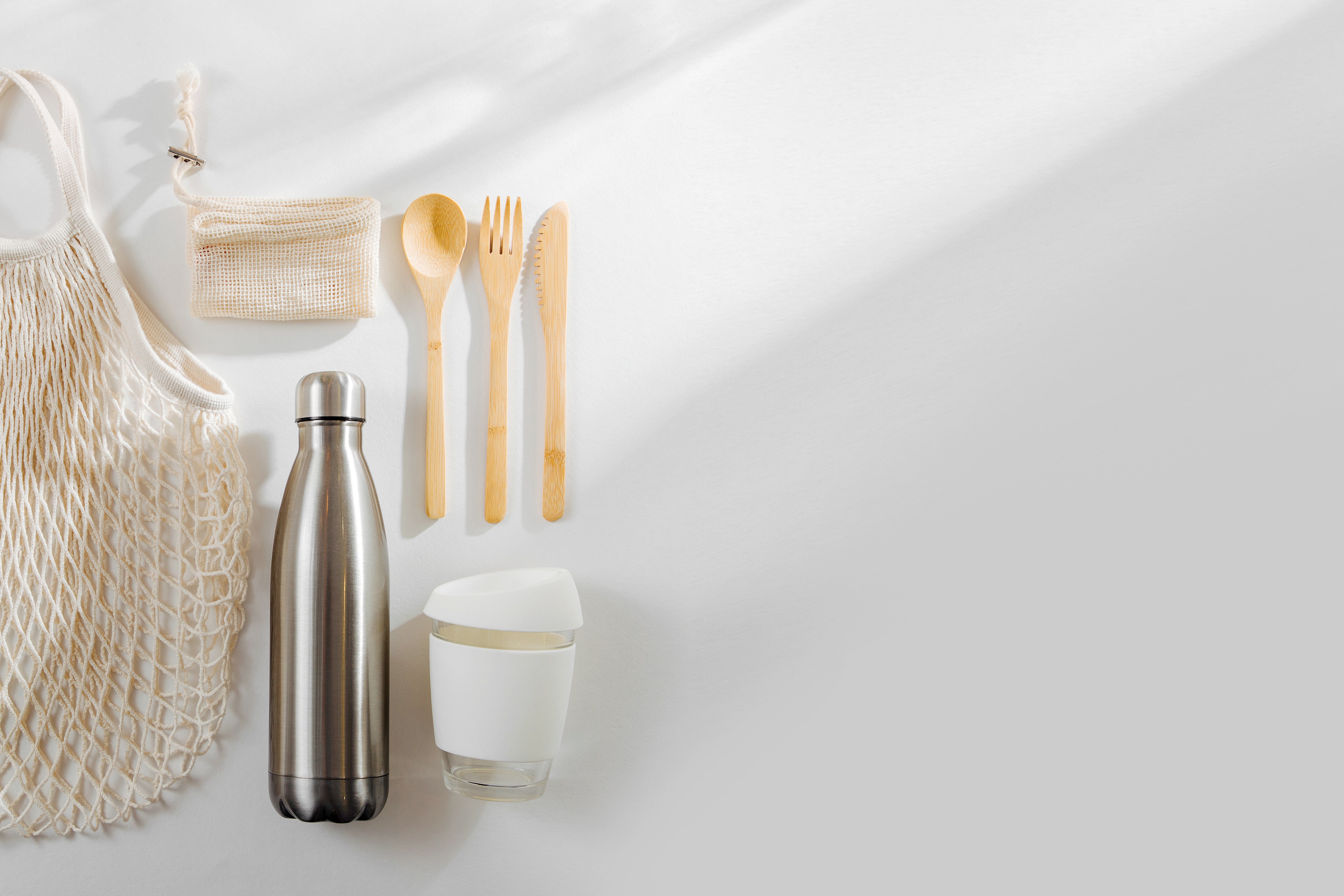
Some scientists are working on processes that can make bioplastics more easily compostable. But Fox said that continuing to rely on bioplastics is like putting a Band-Aid on a mortal wound.
Bioplastics “are just a distraction from addressing the bigger problem: our escalating, intertwined plastic pollution and climate change crises,” Fox said. “It doesn’t matter all that much if the plastic is made from corn kernels or sugar beets or crude oil or ethane — it’s still plastic that’s filled with chemicals and it’s still going to end up in our landfills, incinerators, and ocean and create a lot of greenhouse gas emissions along the way.”
If you’re forced to pick up something in plastic, and you have access to a commercial composting program that accepts bioplastic, choosing a compostable cup is not a terrible option. But we need to start shifting our viewpoint from wishing for a magic plant-based plastic to thinking about longer-term, more sustainable solutions.
“We should be spending that time and money investing in improving and expanding reusables and switching to refillable systems, instead,” Fox said. “Milk used to be delivered in reusable glass bottles. So did Coca-Cola and other sodas. We should go back to that on a larger scale with systems that are adapted to the current consumer landscape. Coca-Cola recently announced that they will sell 25% of their products in refillable/returnable containers by 2030 — I consider that to be far more hopeful and innovative than their years-long collaborative effort with other major beverage companies to create a beverage bottle out of 100% bio-based plastic.”
